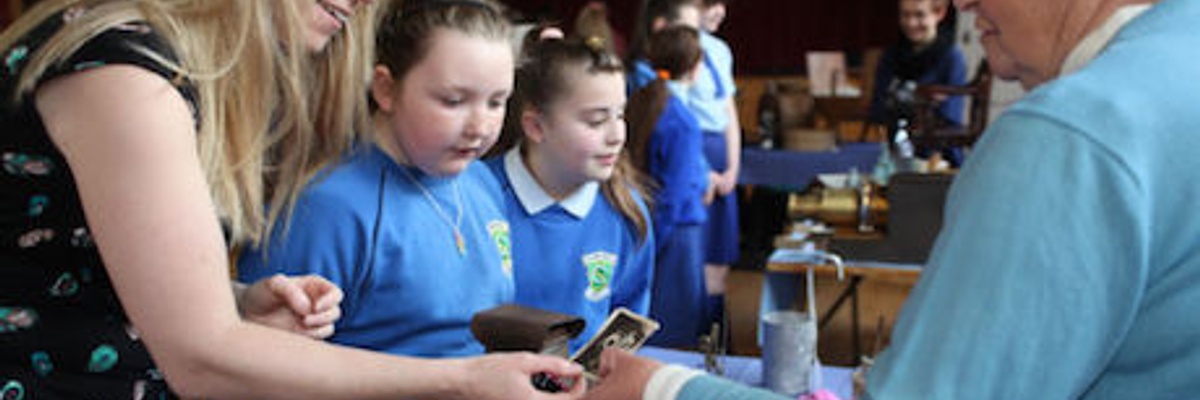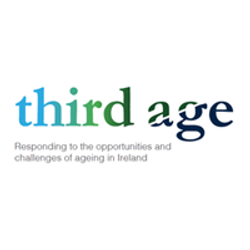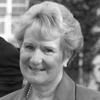Gather people & artifacts
Fundamental to The Way We Were are people to
share their stories from years gone by and artifacts
that form the basis for these stories.
Tips
The main exhibition which
originates now has over 200 pieces
but don't worry your exhibit will
grow over time. If you can get to
40 / 50 you'll be ready to run your
first workshop.
When The Way We Were started in Co. Meath, the
first people to get involved were members of Third
Age, an organisation that works with older people.
A good starting point for you might be groups or
organisations in your town or community that work
with older people. You should approach these
groups, tell them a little bit about the programme
and why you think it's a good idea. Ask them
to share it with their members and let people
volunteer to get involved.
Chances are you might already know a few people
who will jump at the chance to share stories from
their childhood, so start with them and then ask
them to invite friends. You only need a small group
to get started, between 5 and 10.
Once people are signed up and willing to get
involved, it might be a good idea to arrange
a meeting with everyone where you explain
exactly what's involved. This will give people the
opportunity to ask questions and give you the
chance to describe what type of artifacts people
will need.
When it comes to the artifacts, anything goes!
Once people can tell a story around it and they can
recall how it was used in times gone by, it'll make
for an interesting exhibit.
Items currently in the exhibition include a carbide
bicycle lamp, fire bellows, fountain pen and ink,
spinning wheel, medicine bottles, wooden wash
boards, coins, personal school reports, penny
catechism, chamber pots and many more.
Tips
You'll have seen or else heard a lot
about the original exhibition at this
stage so that will provide lots of
inspiration for your search. Make
sure to share all you learned with
the group of volunteers.
These items were found in attics, sheds and old
houses, often gathering dust. Ask your group of
volunteers to search everywhere they can think of
to find these items. You could even arrange a trip
to a local museum to get inspiration and trigger
some memories of the types of objects you could
use.
It may take some time to gather all the artifacts
so give people a few weeks to search and to ask
family and friends for any items they might have
that could be added to the collection. From the
outset, agree a date where you can all meet up
again to pool your findings and ensure you have a
good collection of items.
This can be a lot of fun for everyone involved and
it's always a great surprise to see what people
come up with!









 "Welcome to the ChangeX guide to The Way We
Were. We're delighted you're thinking about getting
involved in the project in your community. Here
you’ll find all the information, practical tips and
resources you need. I'm here to help you at each
stage so don't be afraid to get in touch!"
- Mary Nally, Founder of Third Age and The Way We Were Project
"Welcome to the ChangeX guide to The Way We
Were. We're delighted you're thinking about getting
involved in the project in your community. Here
you’ll find all the information, practical tips and
resources you need. I'm here to help you at each
stage so don't be afraid to get in touch!"
- Mary Nally, Founder of Third Age and The Way We Were Project
